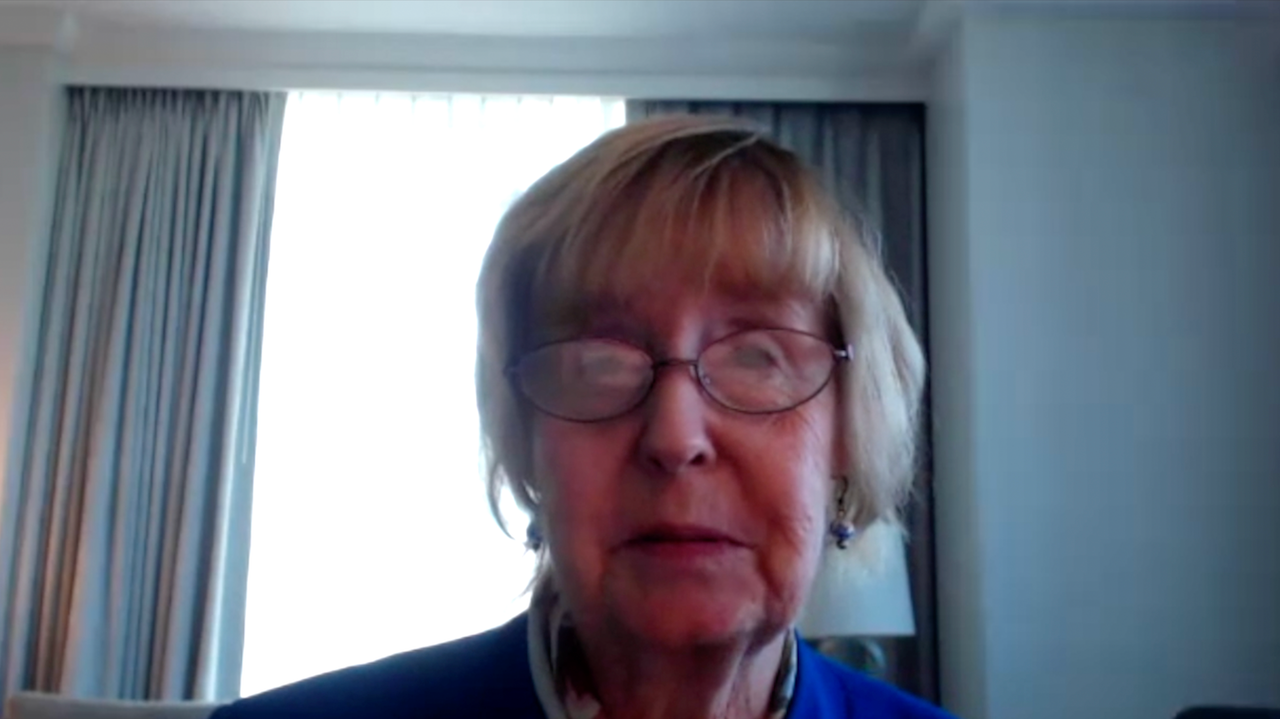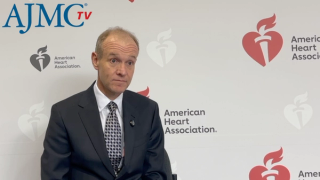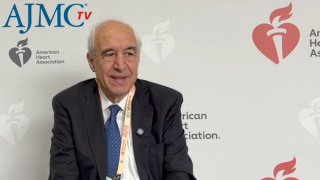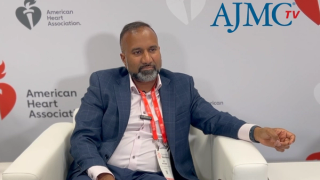
Clinical
Latest News
Latest Videos

CME Content
More News

Venetoclax plus bortezomib and dexamethasone improved PFS in relapsed/refractory multiple myeloma, especially in patients with BCL2high disease.

A targeted therapy combination achieved complete remission in a CAR-positive PTCL patient post-CAR T-cell therapy for multiple myeloma.
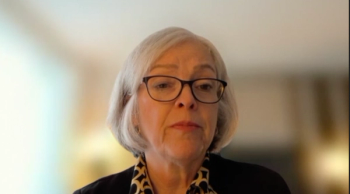
Incorporating tools that gauge social determinants of health can improve patient access to cancer care, explained Susan Escudier, MD.
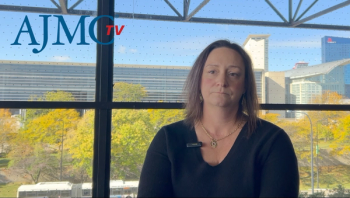
Dedicated COPD respiratory therapists can improve inhaler use, ensure adherence, and bridge care transitions, explained Megan Dulohery Scrodin, MD.

COVID-19–related work absences remain elevated post pandemic, especially in high-exposure jobs, highlighting lasting labor market impacts.

Assessing all available nonhormonal and hormonal therapies for vasomotor symptoms helps empower women to make informed decisions, said Lee Shulman, MD.

A session held during the CHEST 2025 Annual Meeting focused on the North American guidelines for treating bronchiectasis.

CT scans can play a role not just in diagnosing but also in monitoring non–cystic fibrosis bronchiectasis management, explained James D. Chalmers, MD.
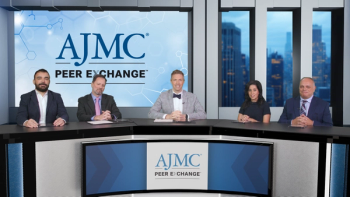
Panelists discuss how efficacy, safety, quality of life, and patient-specific factors drive selection among third-line therapies in metastatic colorectal cancer.

Panelists discuss how data from FRESCO-2 and other trials position fruquintinib as a strong third-line option compared with regorafenib and FTD/TPI.
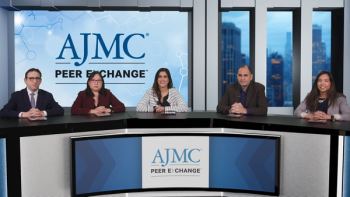
Panelists discuss how venetoclax has revolutionized AML treatment by providing effective therapy options for older patients with previously untreatable disease, enabling higher response rates, longer survival, and increased transplant eligibility while transforming the treatment landscape across all age groups.
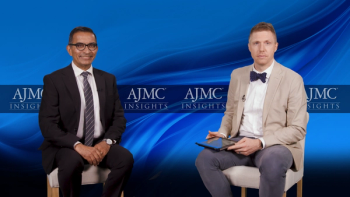
Panelists discuss how prescription digital therapeutics will ideally be used in combination with traditional medications to provide optimal outcomes, particularly for patients hesitant about medication or those in early stages of illness where diagnostic certainty may be evolving.

Panelists discuss how transplant eligibility has expanded beyond traditional intensive chemotherapy candidates to include patients receiving lower intensity regimens, with earlier transplant consultations and consideration of organ function preservation through less toxic induction approaches.

Thorough eye exams in patients who have myasthenia gravis can detect concurrent autoimmune retinopathy and its complications.

Inhaled corticosteroids pose long-term risks in COPD management, prompting careful screening and potential de-escalation strategies, said Sara Assaf, MD.

Counseling patients with obstructive sleep apnea on using GLP-1s effectively prior to starting treatment can help ensure adherence, said Matthew Biszewski, PharmD.

Tezepelumab (Tezspire) improves symptoms, reduces surgery needs, and lowers steroid use in patients with chronic rhinosinusitis with nasal polyps (CRSwNP).

Phenotyping patients can help to identify potential heart failure with preserved ejection fraction (HFpEF) as well as improve patient outcomes.

Panelists discuss how diuretics serve as necessary “bailout therapy” for volume management in heart failure but should not substitute for guideline-directed medical therapy, with emerging evidence supporting more nuanced approaches to diuresis, including urinalysis monitoring and novel formulations like intranasal furosemide, while noting that effective heart failure therapies actually reduce diuretic requirements.

Panelists discuss how β-blockers remain foundational therapy for heart failure with reduced ejection fraction (using evidence-based agents like carvedilol, metoprolol succinate, or bisoprolol) with proven mortality benefits, while their role in heart failure with preserved ejection fraction is more questionable and potentially overused unless atrial fibrillation is present.

Guidelines that encouraged the exposure of peanuts in children were found to significantly reduce food allergies.

Results from the ASPEN trial also show that brensocatib displayed several benefits when used in patients with bronchiectasis, including a reduction in symptom burden.

Papillary muscle scarring (papSCAR) was found to be associated with increased risk of cardiac death in patients with dilated cardiomyopathy

Arielle Kauvar, MD, says pre- and post-treatment care helps prevent hyperpigmentation and complications from laser procedures for all skin types, including skin of color.

Women who received the mRNA COVID-19 vaccine in their first trimester did not have an increased risk of their child having a major congenital malformation.


